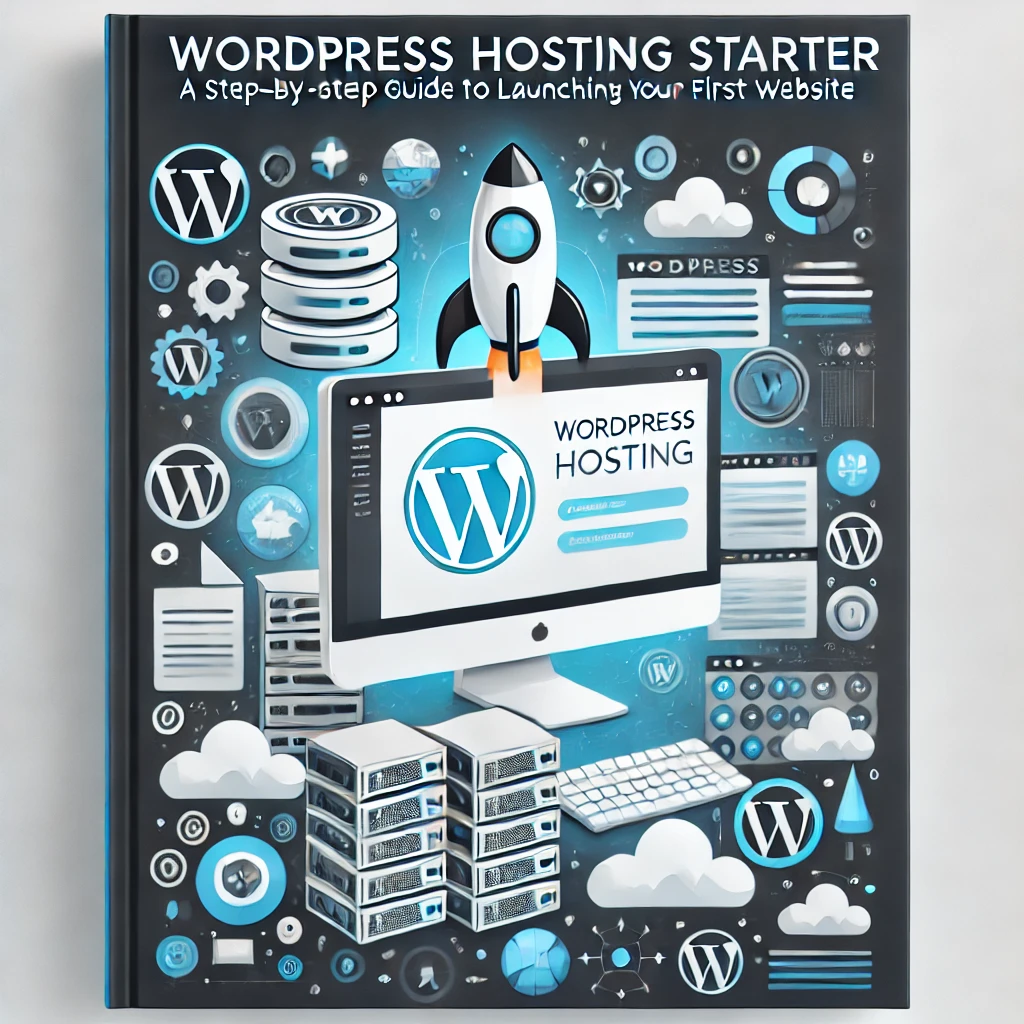Focuses on guiding beginners through the essentials of WordPress hosting and domain setup with practical, easy-to-follow steps.
Starting your first WordPress website can be an exciting journey! Here’s a step-by-step guide to help you order your first web host and domain, and get your WordPress site up and running.
Choose the Right Web Host
Selecting a reliable web host is crucial for your website’s performance. Look for hosts that offer:
– **Good uptime** (99.9% or higher)
– **Fast loading speeds**
– **Excellent customer support**
– **Affordable pricing**
– **Ease of use** (such as a simple dashboard or one-click WordPress installation)
Popular options include Bluehost, SiteGround, and HostGator¹. Additionally, when selecting a web host, consider whether they provide specialized WordPress hosting. Some companies optimize their servers for WordPress, offering better performance, security features, and automatic updates that can simplify your site management in the long run.
Here Compare WordPress Hosting update 2024
Register Your Domain Name
Your domain name is your website’s address on the internet. Choose a name that is:
– **Short and memorable**
– **Relevant to your content**
– **Easy to spell and pronounce**
It’s also a good idea to check if your domain name is available across various social media platforms, so you can create a cohesive online brand. Most web hosts offer domain registration services, but you can also register your domain separately with companies like GoDaddy or Namecheap². When doing this, don’t forget to enable **domain privacy protection** to keep your personal details safe.
Purchase a Hosting Plan
Once you’ve chosen your web host and domain, it’s time to purchase a hosting plan. For beginners, a shared hosting plan is usually sufficient, as it’s affordable and meets the needs of most new websites. Here are the typical steps involved:
– **Select a plan** that fits your needs and budget. Many hosts offer various levels of service, such as shared, VPS, or dedicated hosting.
– **Enter your domain name**. If you’ve registered a new domain, you can do it during the hosting signup process.
– **Fill in your personal and payment information**.
– Review the package features, ensuring it includes **SSL certificates**, which are vital for securing your website.
Some hosting providers also offer marketing tools, free email accounts, and website builders as part of their plans, so it’s a good idea to compare different offerings.
Install WordPress
Most web hosts offer one-click WordPress installation, making it incredibly easy for beginners. Here’s how to install WordPress:
– **Log in to your hosting account**.
– **Navigate to the control panel** (often called cPanel).
– **Find the WordPress installer** (usually under “Website” or “Software”).
– **Follow the prompts** to install WordPress.
You’ll need to create a username and password for your WordPress admin dashboard. Make sure to use strong credentials to enhance your site’s security.
Set Up Your WordPress Site
After installation, you’ll receive login details for your WordPress dashboard. Use these to:
– **Log in to your WordPress admin area**.
– **Choose a theme** that suits your site’s purpose. Thousands of free and premium themes are available through WordPress.
– **Install essential plugins** for SEO, security, and performance. Popular plugins include Yoast SEO for search engine optimization and Wordfence for added security.
Additionally, take the time to configure essential settings, such as your **permalink structure** (how your URLs will look), and set your homepage. You can also customize your site’s appearance by tweaking menus, widgets, and more.
Start Creating Content
Now that your site is set up, you can start creating content. Write blog posts, add pages like “About” and “Contact,” and customize your site to make it uniquely yours. Make sure to install a **backup plugin** to regularly back up your website’s data.
To keep your website fresh and engaging, plan a content schedule and optimize each post with **SEO techniques** to help attract traffic from search engines. A good way to build credibility and audience trust is by sharing valuable, well-researched content and encouraging readers to engage through comments or social media.
Optimize for Performance and Security
Once your site is live, it’s crucial to monitor its performance. Tools like **Google Analytics** can help you track traffic, while security plugins like Wordfence or Sucuri help protect against malware and hackers. Don’t forget to regularly update WordPress, your theme, and all plugins to keep your site secure and running smoothly.
By following these steps, you’ll have your first WordPress website up and running in no time. Happy blogging!

